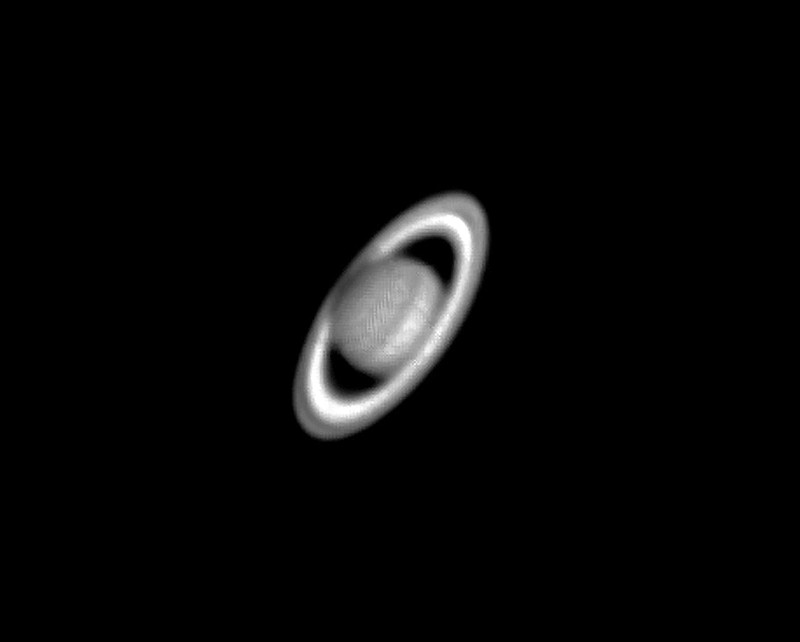In October, we have had some exceptional nights of viewing, and November may give us the same opportunities to see the fall sky.
Jupiter and Saturn remain in a great part of the sky so that even the casual observer may see them with the naked eye. Just look directly south after dark. Jupiter will be easy; Saturn, not so much. Jupiter will be the brightest object in the sky in the south if there is no moon. If you see Jupiter, gaze to your right about a fist-width to see a much dimmer Saturn that will be a bit golden in color.
A bonus! After sunset, look southwest to see Venus. As bright as Venus is, it will be easy to see. It is featureless in a telescope, looking like a white cue ball and I have yet to get a good photograph of it. So, one could see three naked-eye planets in the same evening! I will wait to try again for a good photo of Venus, but I want to wait until Venus' apparent size is bigger and it is a crescent.
If you have a telescope, even one just 60mm in diameter or larger, you can see some detail on Jupiter and, if they are lined up to make this possible, you can see the same moons of Jupiter that Galileo saw around 1609. You can always see at least one moon. If you have a telescope 8 inches or more in diameter, these moons will look like tiny balls -- not just specks of light. You will be able to see that these tiny balls are little worlds in themselves, moving from night to night around the enormous planet.
That same small telescope will show the rings of Saturn and, perhaps, some of Saturn's subtle cloud bands. Nearby, you might see another tiny bit of light, Saturn's large moon, Titan. The bigger the telescope, the more detailed Saturn will appear.
I have included two of my own images of these planets. Planetary photography is the hardest kind of astrophotography one can attempt and I hope to do better. I have access to a larger aperture 'scope now and more aperture means, potentially, more visible detail in photos.
As the year moves to a close, Jupiter and Saturn will move behind the Sun from our perspective. We are moving toward winter and its constellations and Venus will be the only planet easily visible.
It is still fairly warm at night, so get out there and use your eyes, binoculars -- whatever you have -- to see the beautiful night sky and those planets. Soon, it just may be really cold and not very hospitable for we amateur sky gazers.
-- Dr. David Cater is a former faculty member of JBU. Email him at [email protected]. Opinions expressed are those of the author.


